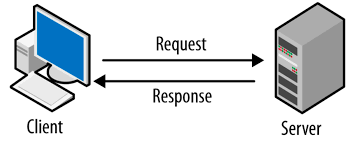Our Services
Client/server architecture is a computing model that divides computing tasks between a client and a server, where the client is the user interface or front-end component of the system and the server is the back-end component responsible for data storage and processing.
In client/server architecture, the client sends requests to the server, and the server processes these requests and sends back responses to the client. The client can be a desktop computer, mobile device, or web browser, while the server can be a physical server or a cloud-based service.

The client/server architecture provides several benefits over other computing models, such as:
- Scalability: Client/server architecture allows for easy scaling of computing resources. Additional clients can be added to the system without increasing the load on the server.
- Centralized data management: In a client/server architecture, the server manages data storage and processing, providing a centralized location for data management. This makes it easier to manage and secure data.
- Improved performance: Client/server architecture can improve performance by distributing computing tasks between the client and server. The server can handle complex processing tasks, while the client can handle user interactions and display information.
- Modular design: Client/server architecture promotes modular design, where the client and server components can be developed and maintained separately. This allows for easier maintenance and upgrades of the system.
There are different types of client/server architecture, including two-tier, three-tier, and n-tier architecture. Two-tier architecture has a client and server component, while three-tier architecture adds a middle-tier component for application logic. N-tier architecture adds additional tiers for scalability and performance. Overall, client/server architecture is a popular model for building complex software systems that require distributed computing and centralized data management.
